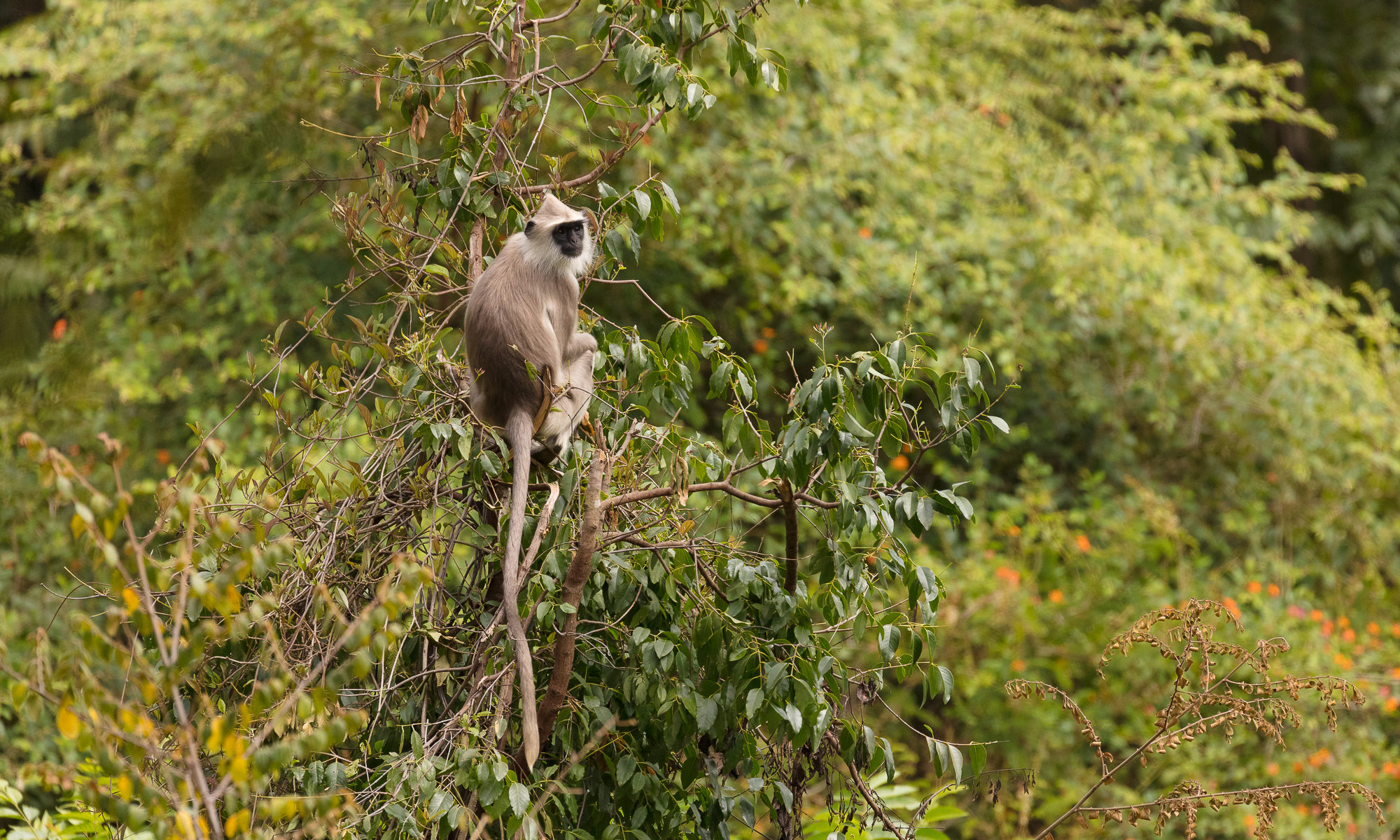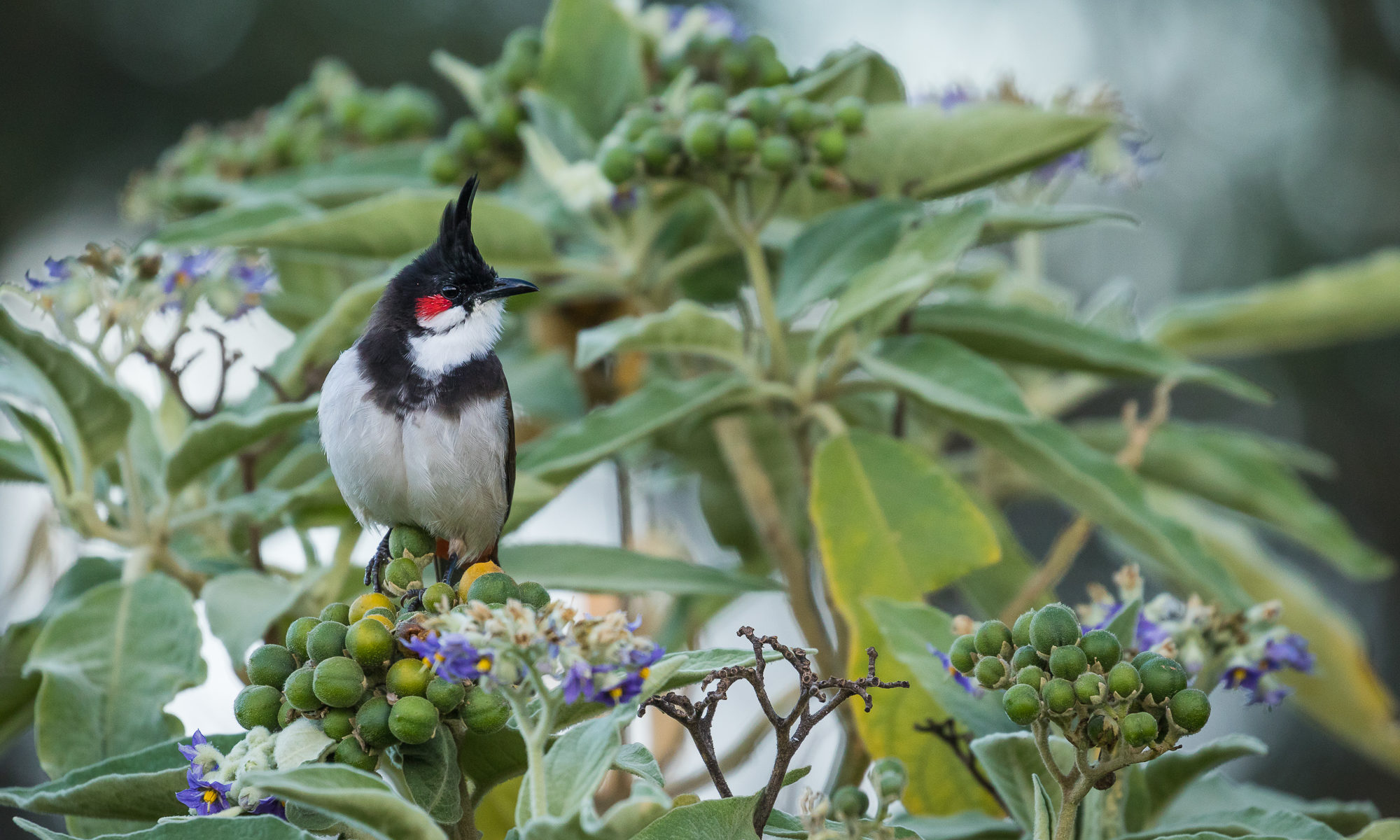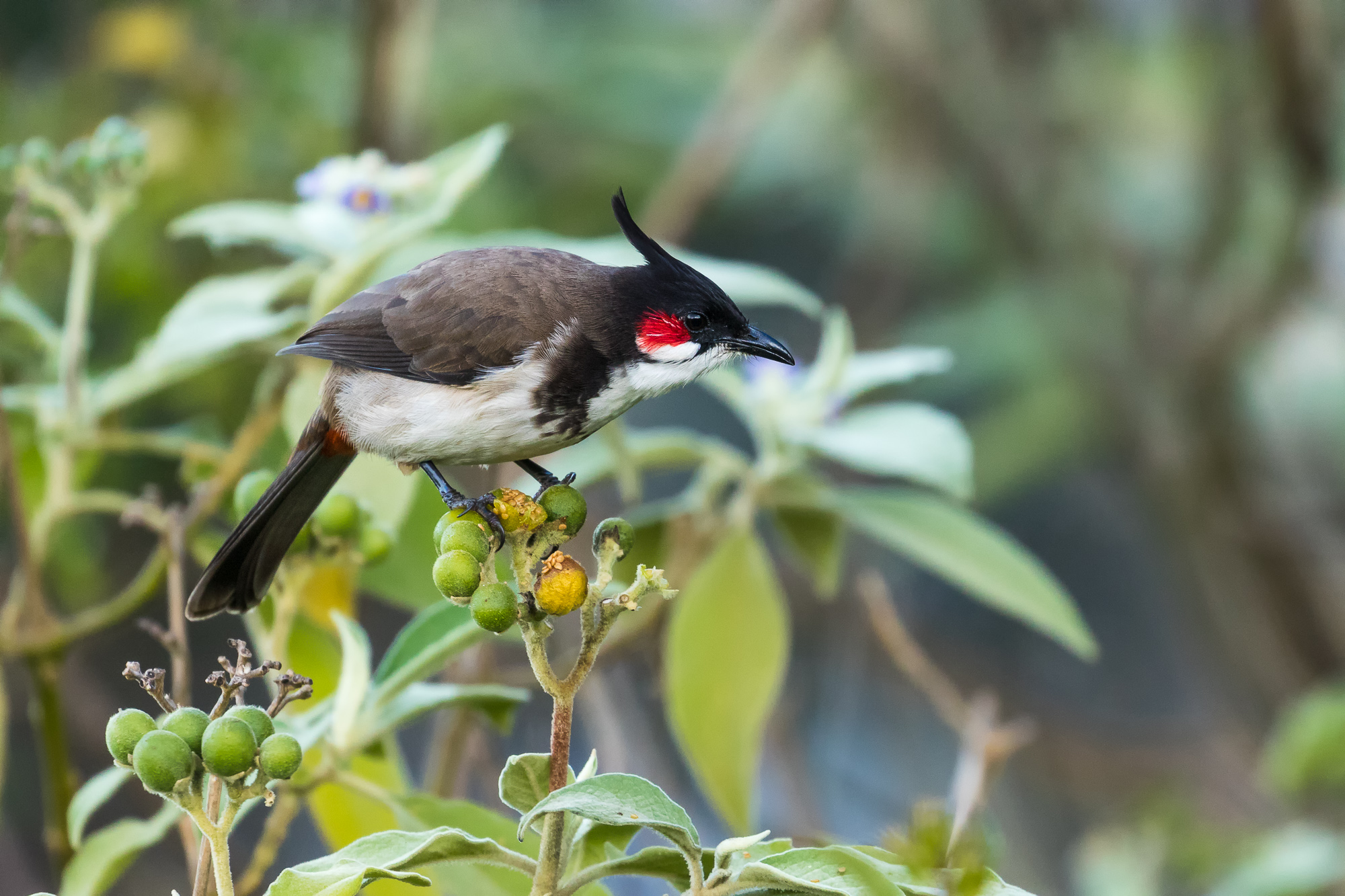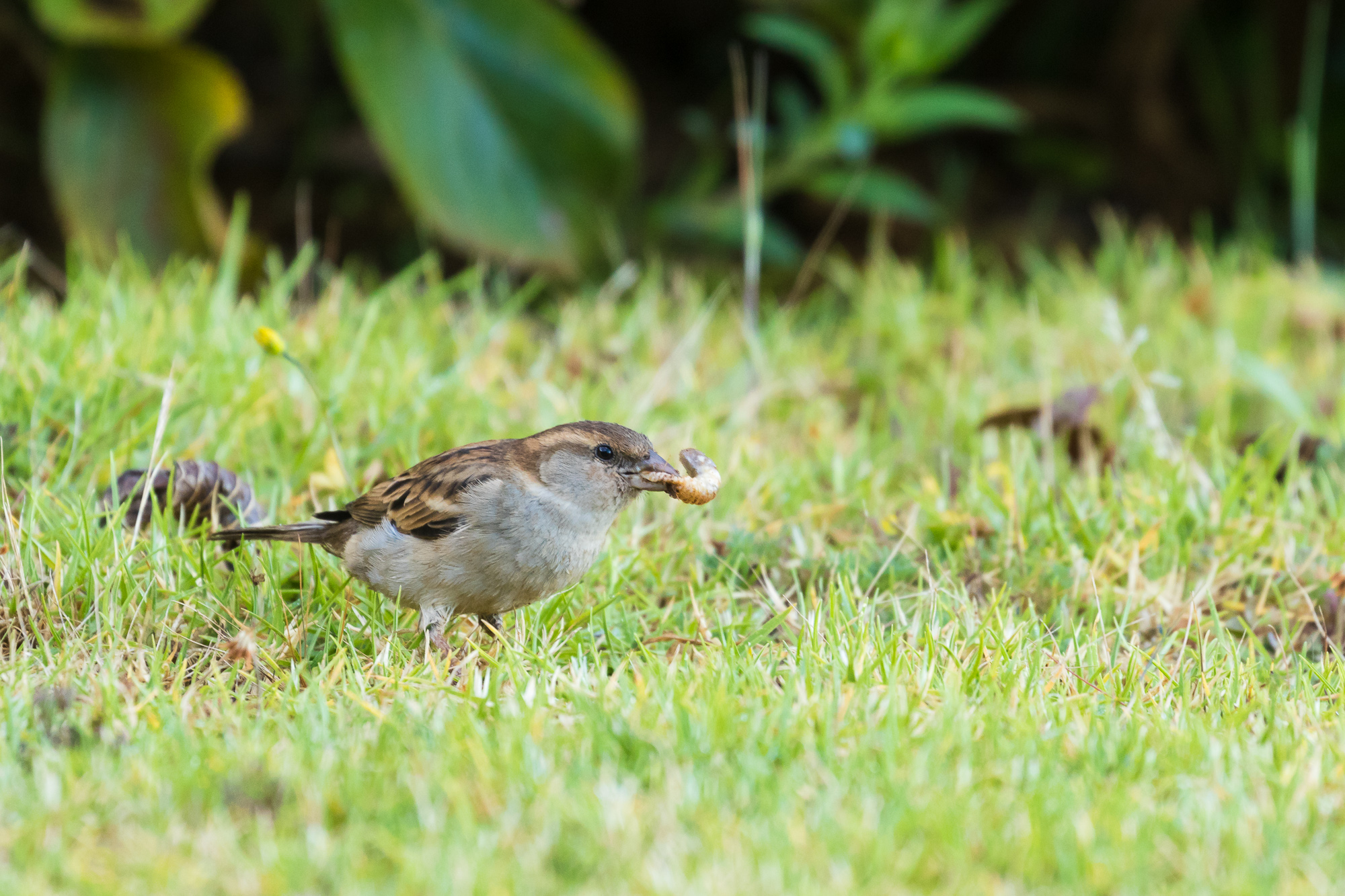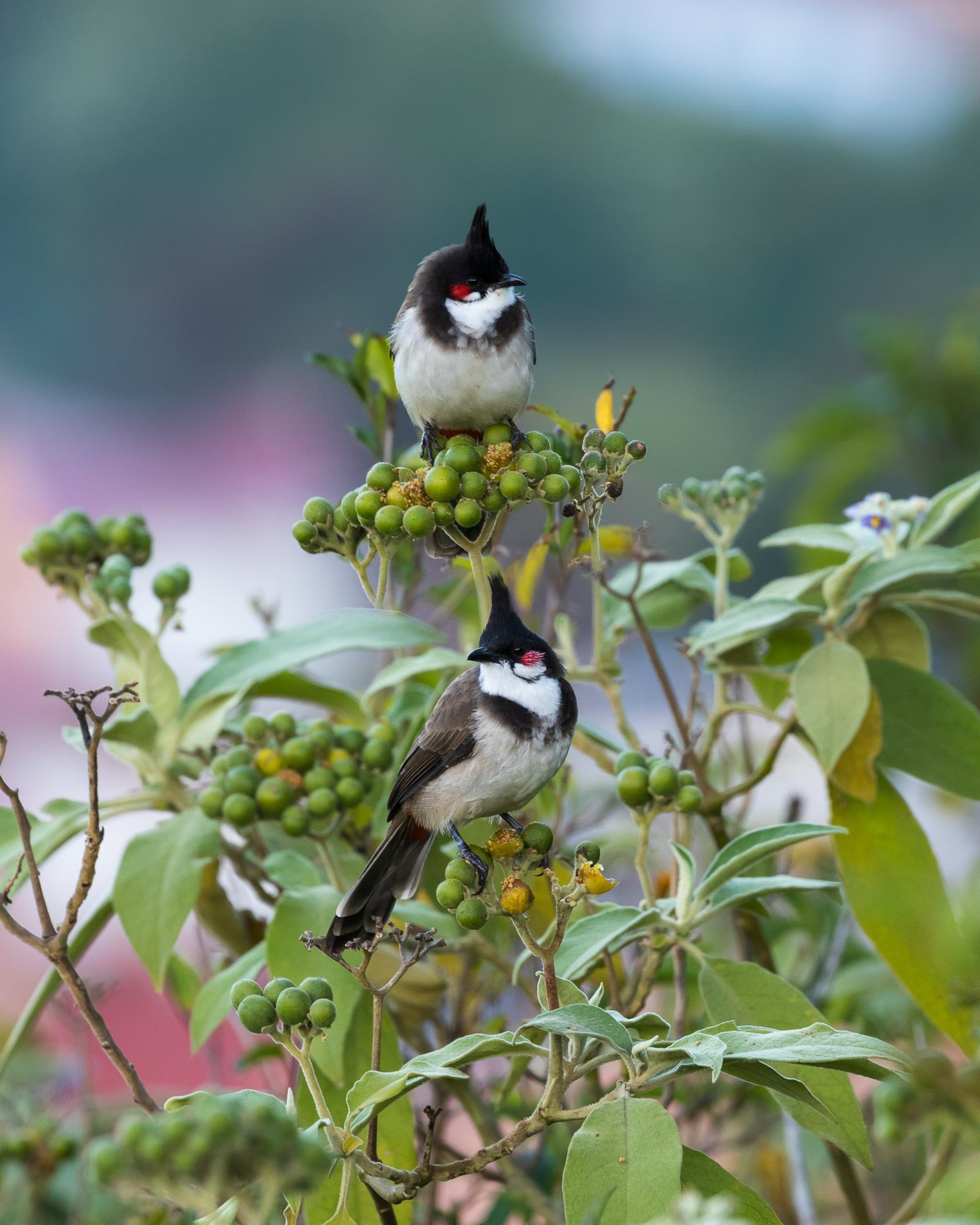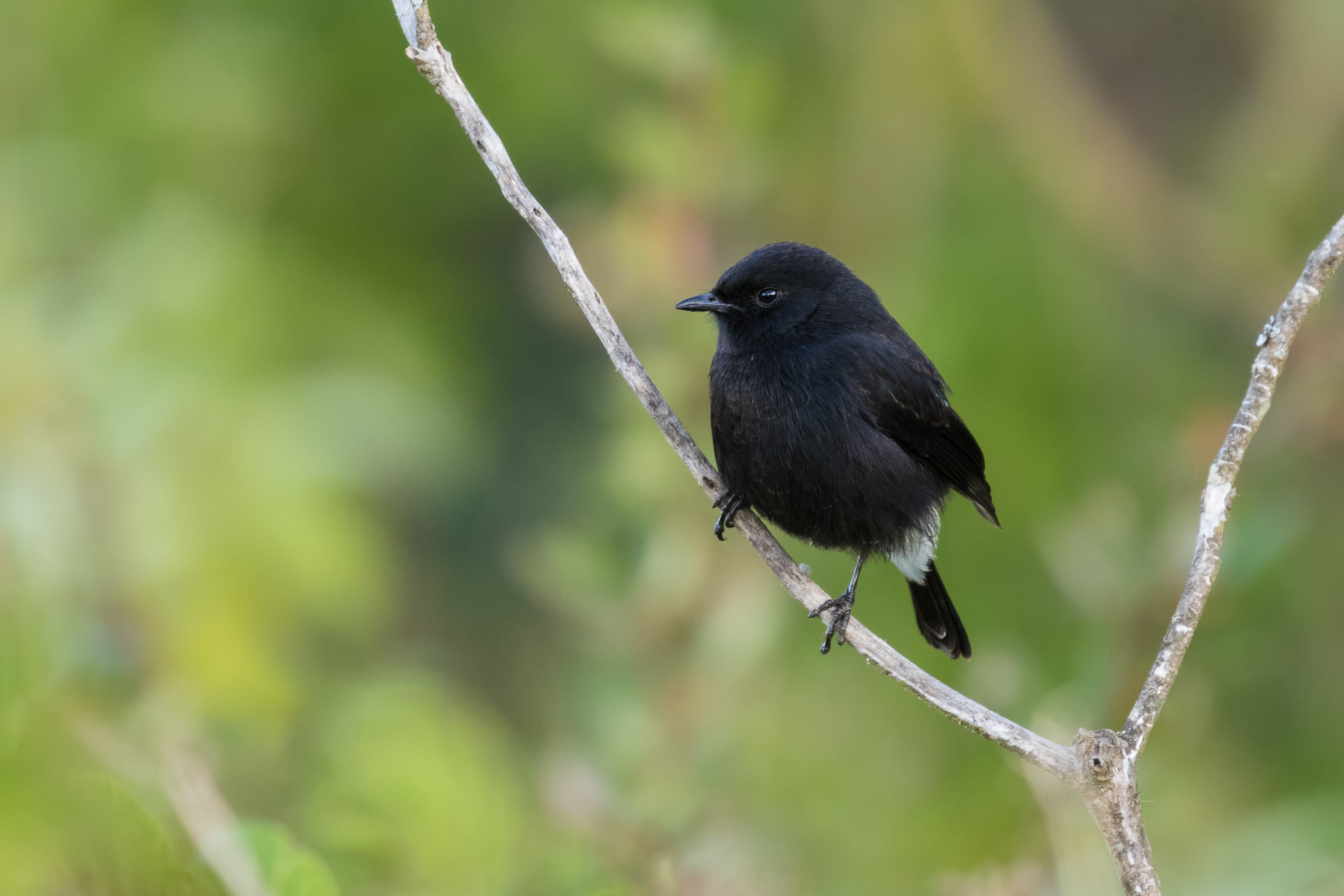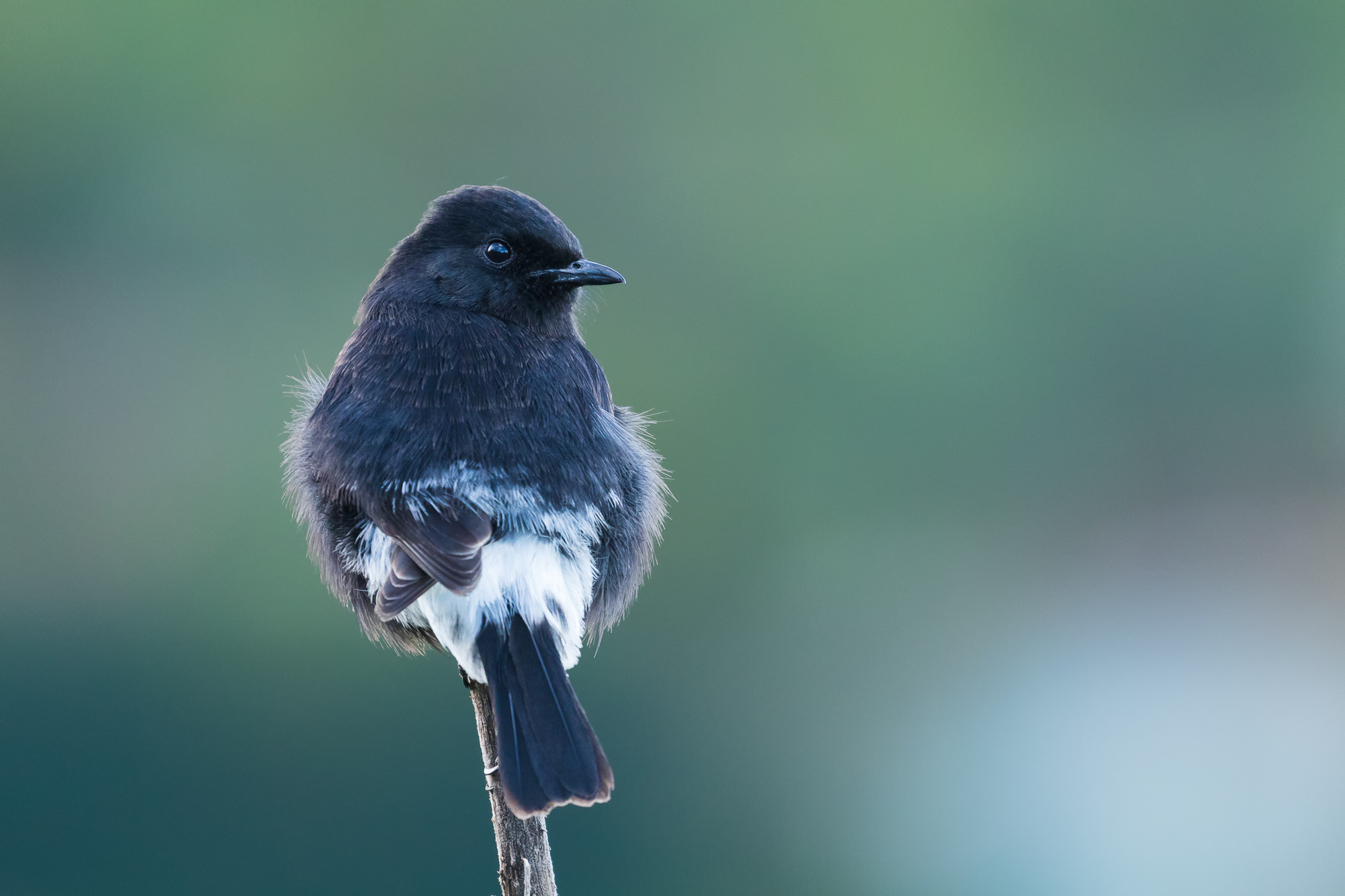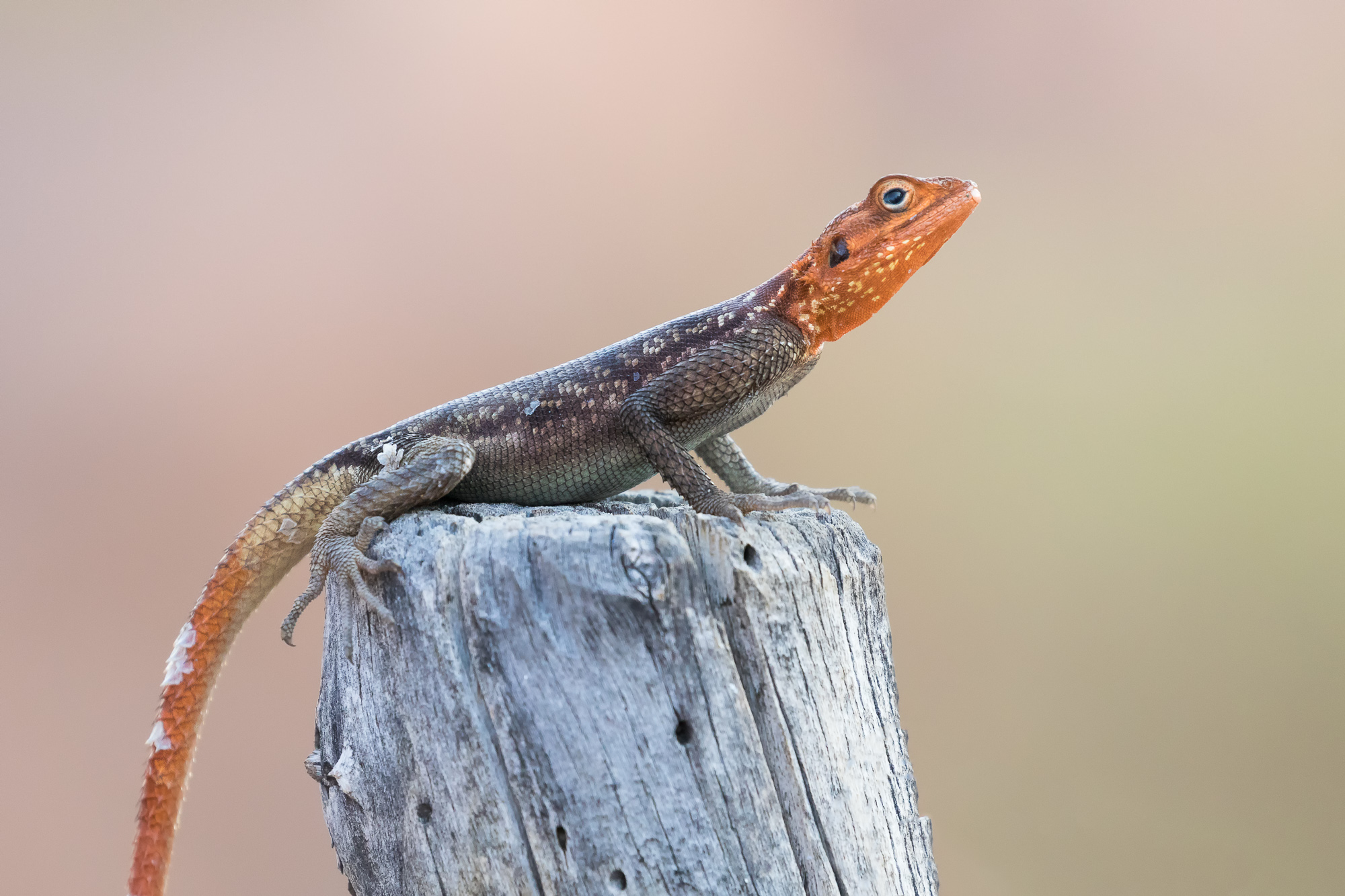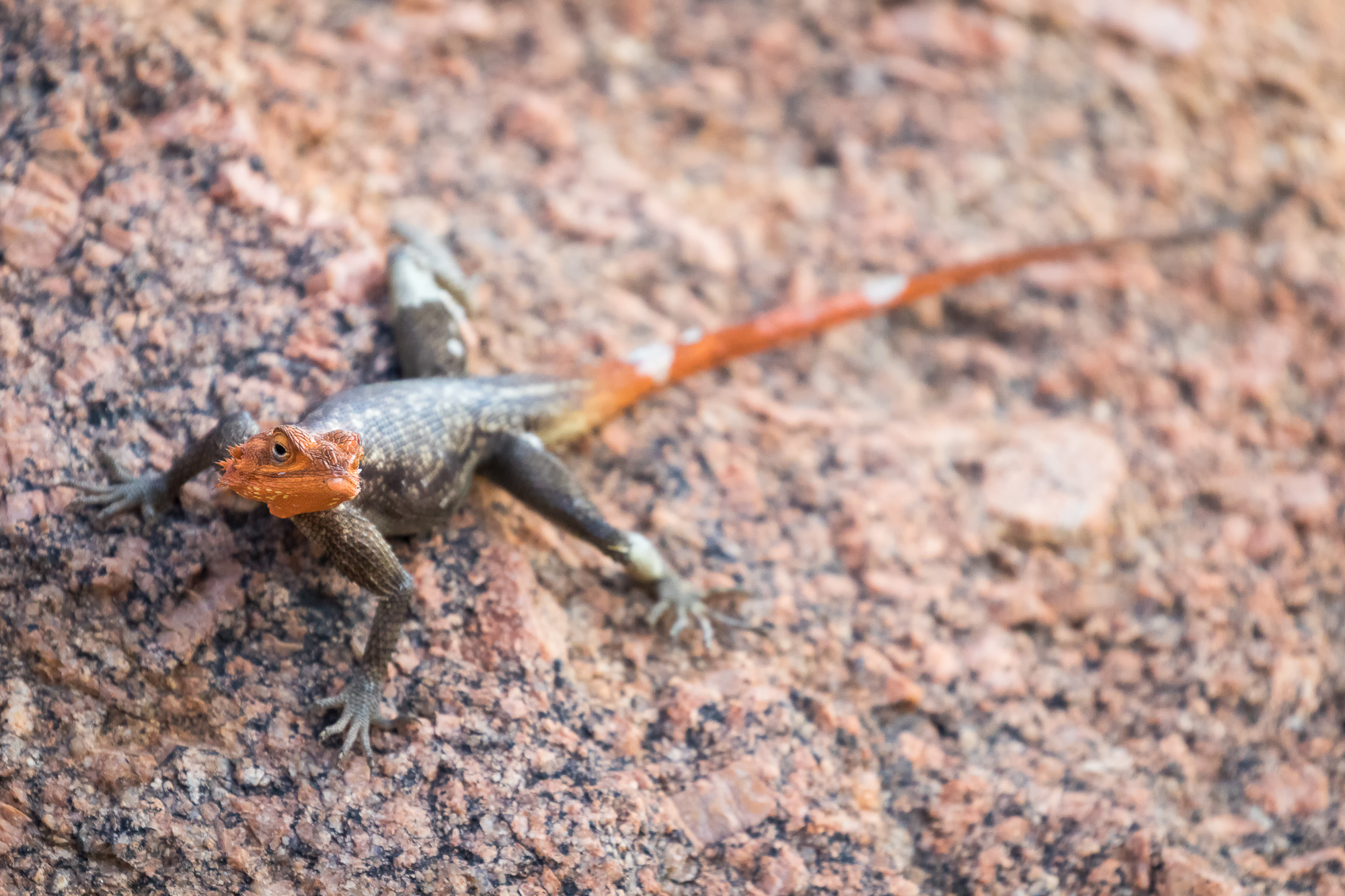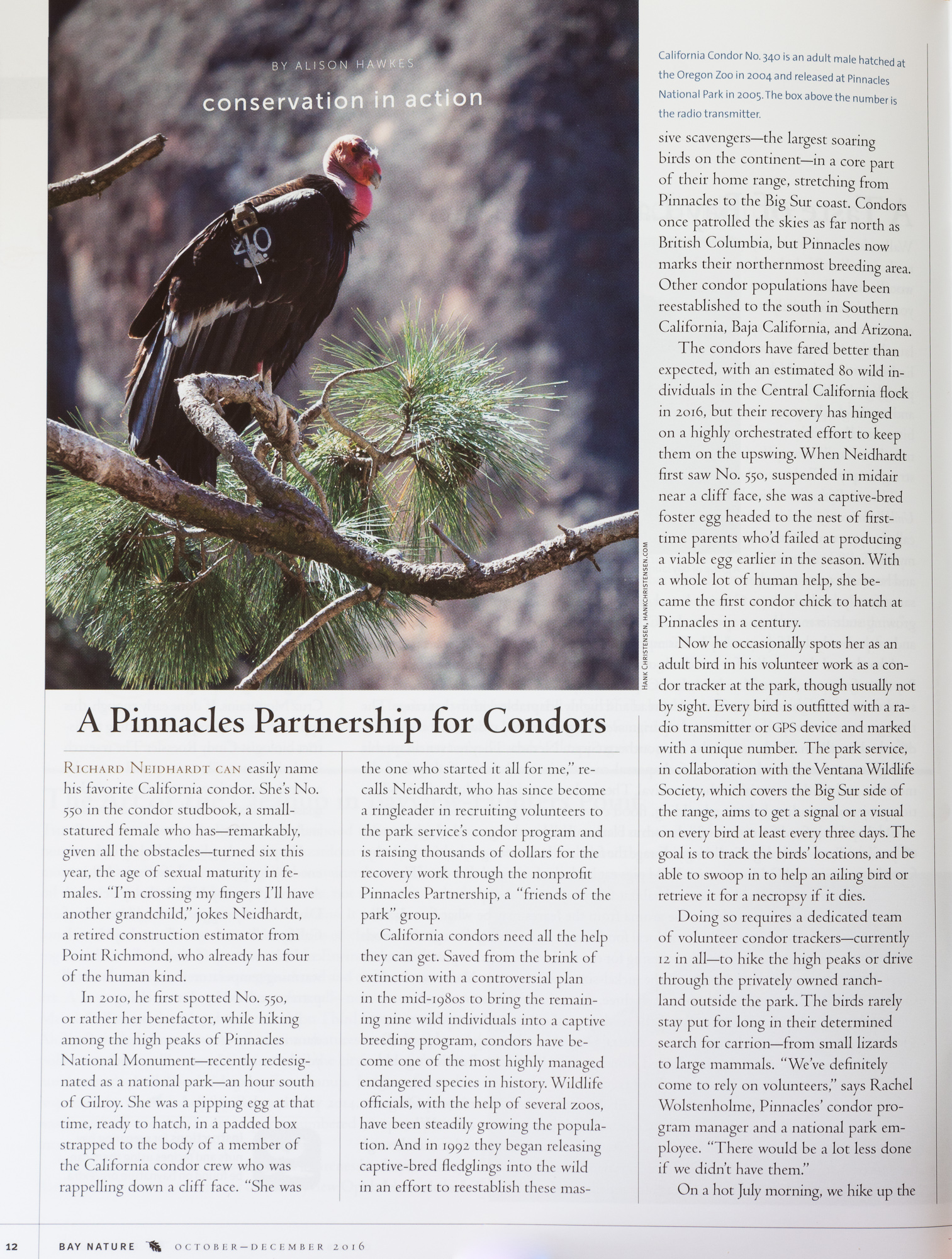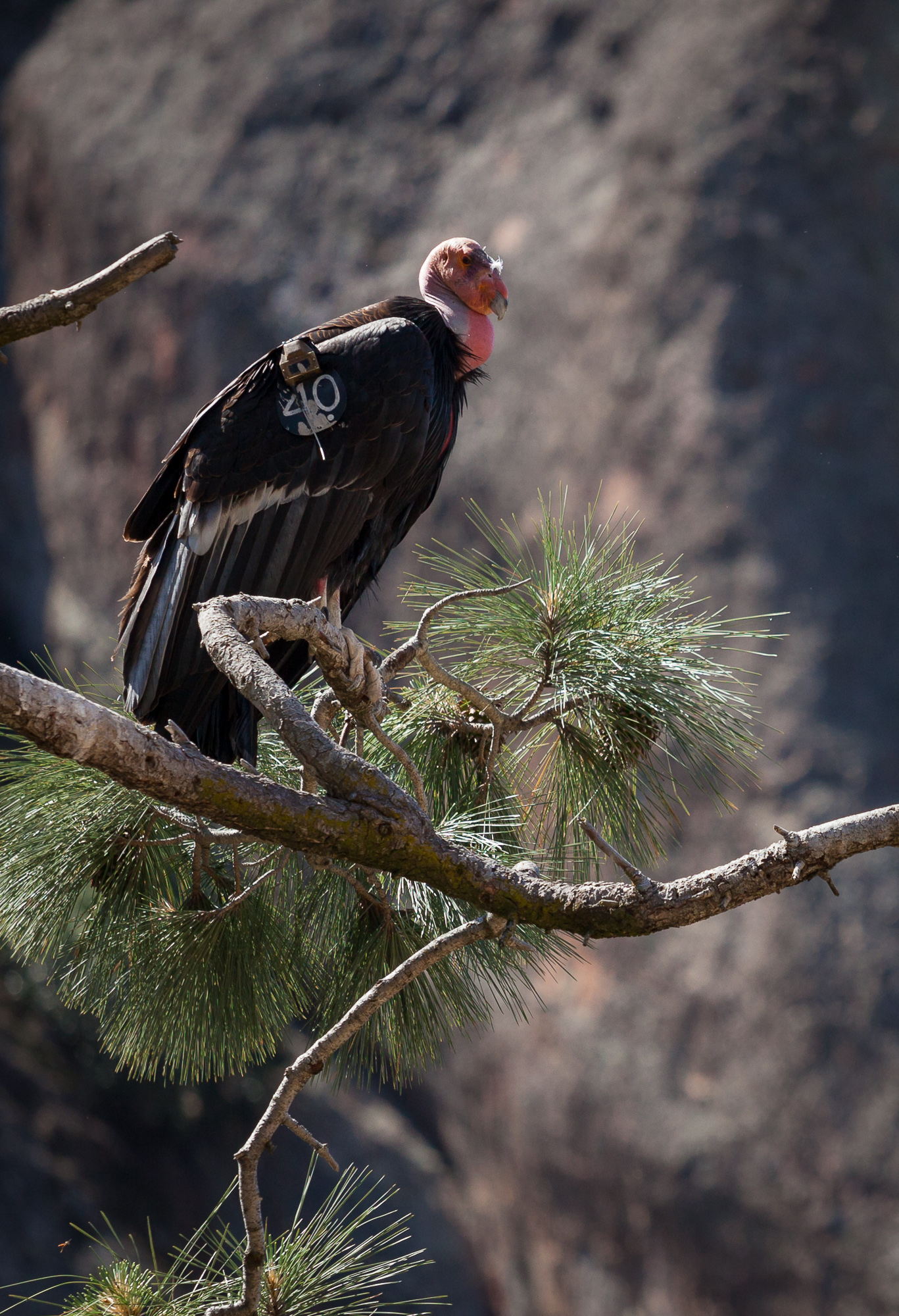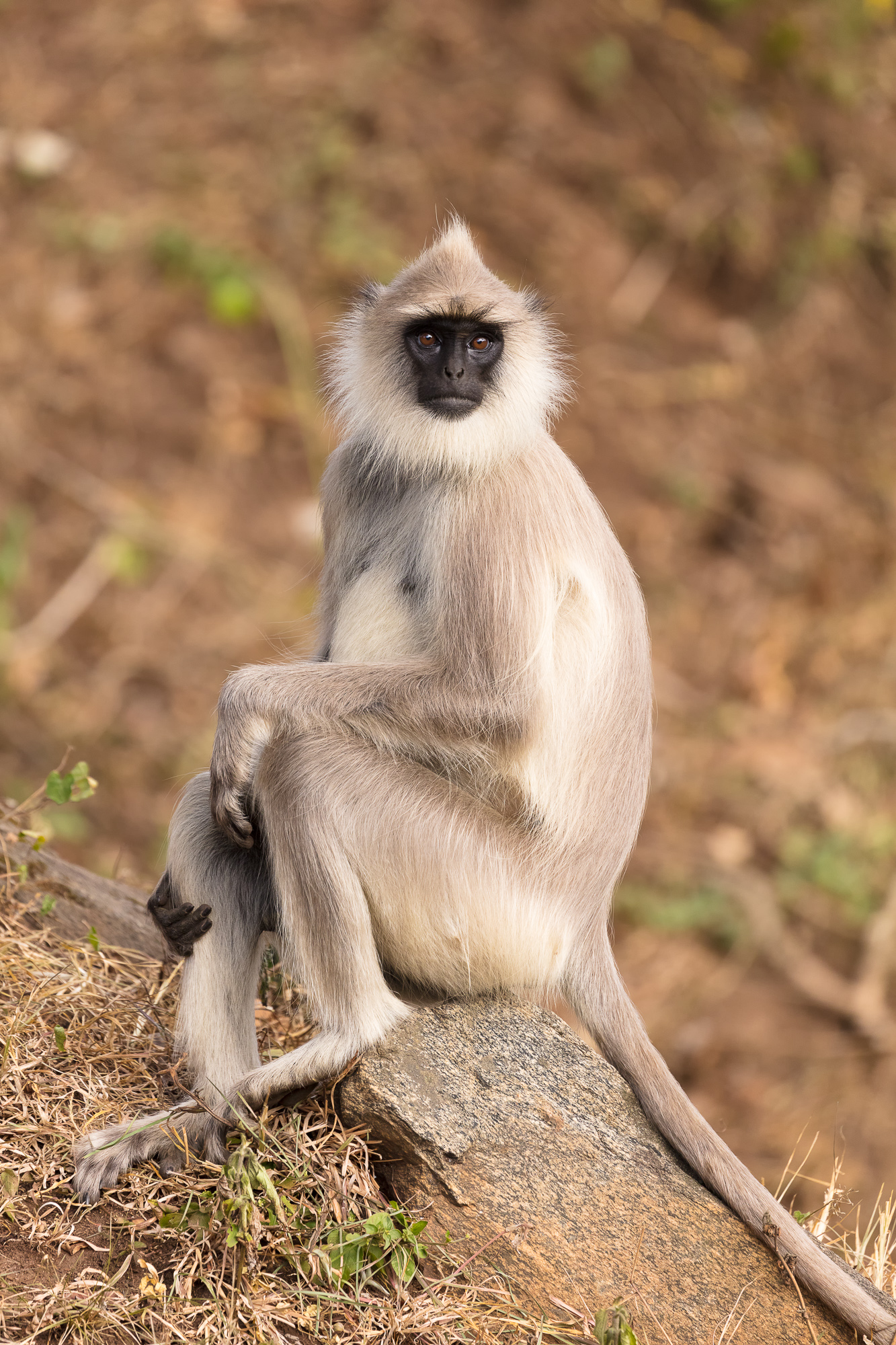
One of my most challenging subjects from my recent India trip was the tufted gray langur. Any animal that has a mixture of very light and very dark colors is an exercise of balance. It takes just the right kind of light, and the perfect exposure to get enough light to see details in the dark areas, while making sure not to blow out the highlights. In the case of the gray langur, I had to make sure the black face was bright enough, while the white hair surrounding the face still rendered in fine detail.
In the portrait above, I was fortunate to have diffused afternoon sunlight directly lighting the face. This helped keep the contrast of the scene low and caught all the details of his solemn expression.
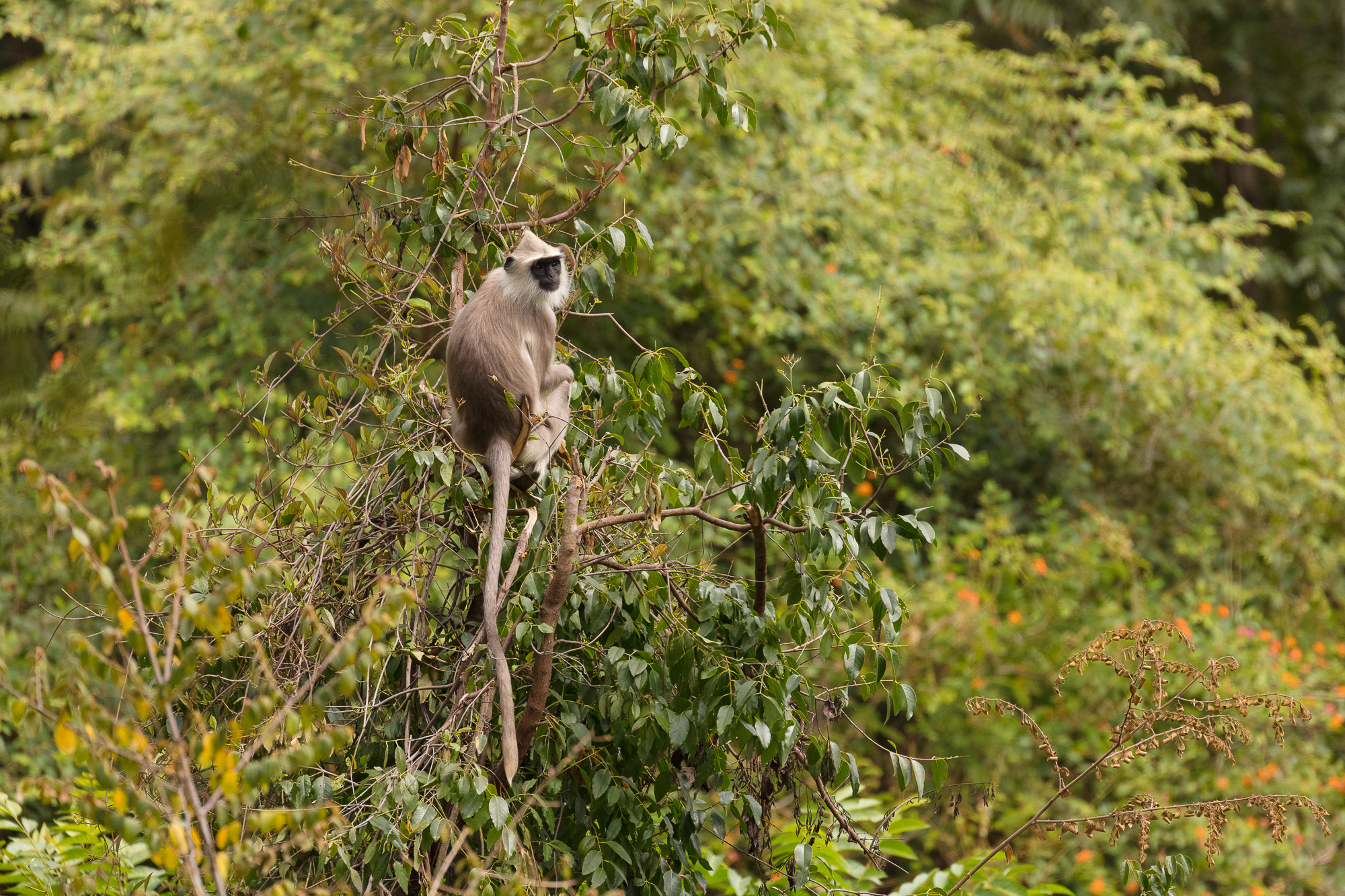
The langur seemed to live more wild than the ubiquitous macaques. They have extremely long tails, as can be seen in the photo above. Gray langurs have superior eyesight which allows them to sit in the tops of trees to watch for predators from a distance. They are often seen near herds of chital, as each species can warn each other of approaching predators. In fact, one morning in Mudumalai National Park, we did hear the treetops go wild with monkey calls. About 30 seconds of waiting earned us the growling of a tiger in the thick underbrush. We never did sight the tiger, but the langurs certainly alerted us to its presence.
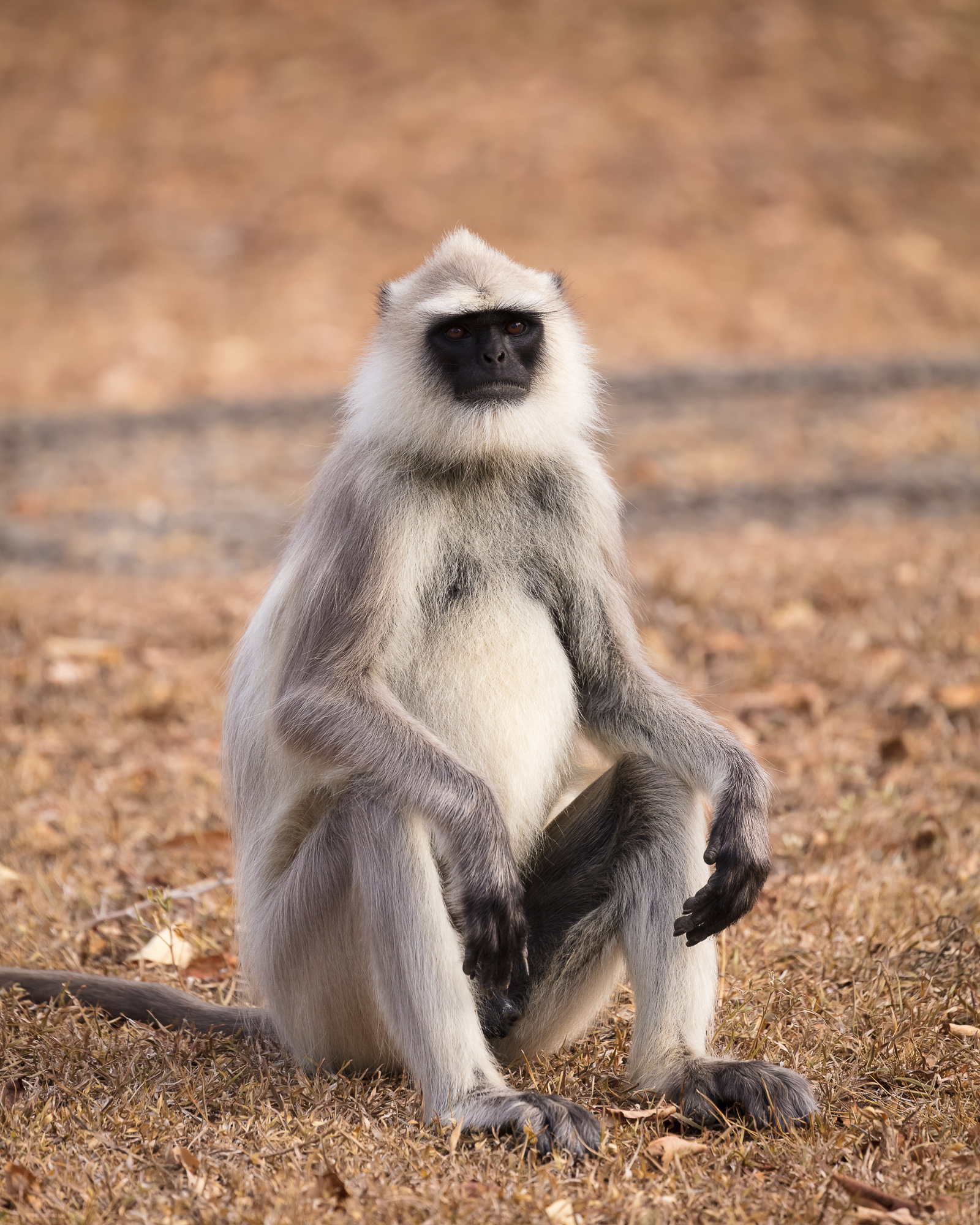
In all, I only spent a few short moments with these monkeys. In the future, I hope to capture active interactions between family members, as I have in the past with macaques. The unpredictability of wildlife always gives me reasons to keep going back for more.

